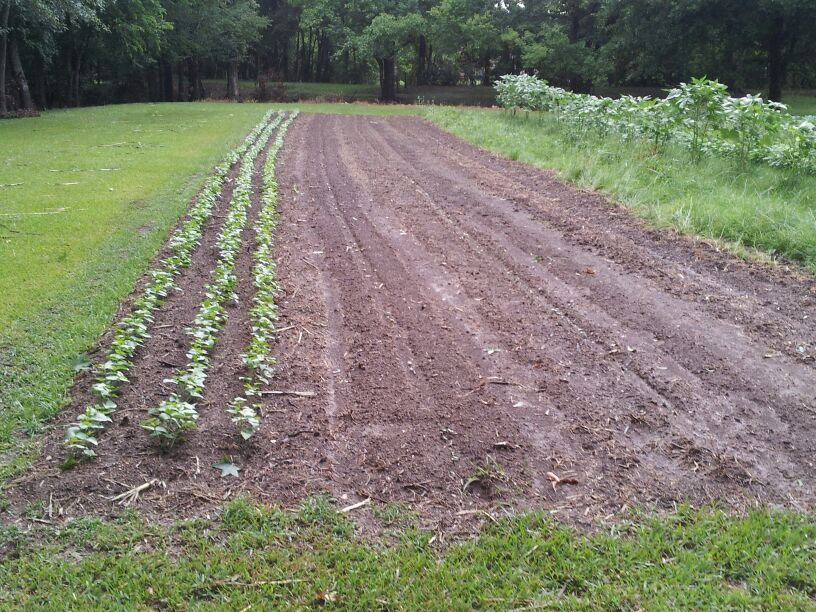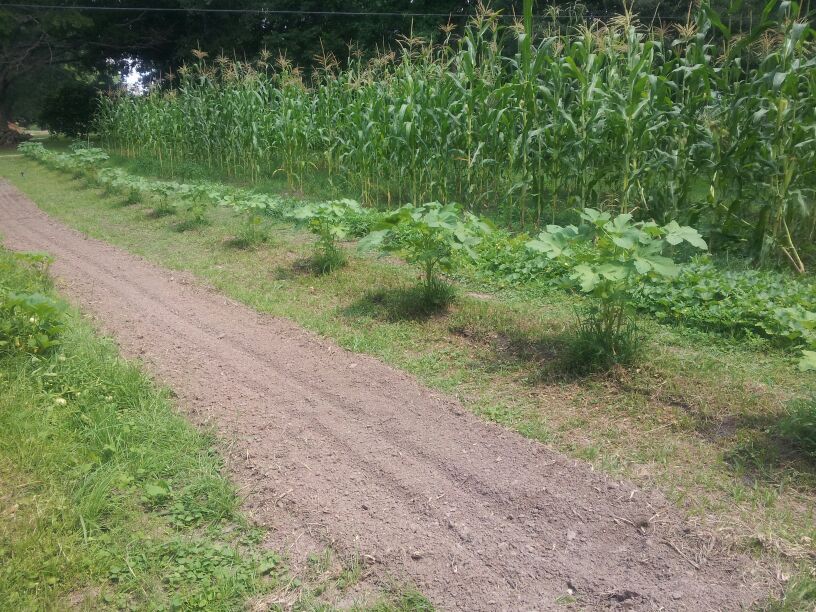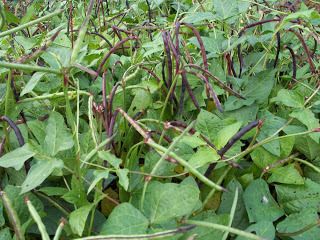

|
Member discussion regarding the methods, varieties and merits of growing tomatoes.
|
 |
|
|
Thread Tools | Display Modes |
|
|
#16 | |
|
Tomatovillian™
Join Date: May 2006
Location: Rock Hill, SC
Posts: 5,346
|
Quote:
__________________
[SIZE="3"]I've relaunched my gardening website -- [B]TheUnconventionalTomato.com[/B][/SIZE] * [I][SIZE="1"]*I'm not allowed to post weblinks so you'll have to copy-paste it manually.[/SIZE][/I] |
|
|
|

|
|
|
#17 |
|
Tomatovillian™
Join Date: Jan 2014
Location: Tomato Cornhole
Posts: 2,550
|
I like beans too and find the Top Pick Purple Hull Peas(TPPHP) are the easiest to grow with a big yield. If you've never grown top pick then your in for a back saving experience, you still have to bend to pick them but they're all at the top of the plant and easy to see and pick. TPPHP also taste different when dried, canned or just frozen so it makes it a good choice.
I'm sure you notice that dried beans also expand when cooked so it takes less to make a meal, I'm just guessing but about a 1/2 cup of dried TPPHP will make about the same amount as a can of beans from the store. The variety of bean is also important as some just produce better for your area, your climate should be close to Caliifornia in spring/summer so try some of the varieties they grow. This year I'm planting some Carolina Sieva pole butter beans and Strike greenbeans, both are high producers and the Sieva was used for market before it got replaced with a more disease resistant variety. I plant my beans and corn in the same spot and rotate years and grow enough of both stored/dried to last till the next crop. For both beans and corn the only fertilizer I use is 8-8-8 but I side dress the corn with nitrogen twice when I have that planted. I use the dense planting method and it smothers out weeds and have no problems picking when it's time. Here's a 120' row  and the corn loves the nitrogen from the peas  I DL this because I didn't have a pic but you can see the peas at the top and when they turn a little purple it's time to pick, harvest is about 55 days after planting. 
|
|
|

|
|
|
#18 |
|
Tomatovillian™
Join Date: Dec 2013
Location: Sterling Heights, MI Zone 6a/5b
Posts: 1,302
|
Man i wish i had that kind of room! Maybe one day....
|
|
|

|
|
|
#19 |
|
Tomatovillian™
Join Date: Apr 2013
Location: Virginia
Posts: 447
|
I love your garden rows! Top pick sounds very nice, easy to spot.
__________________
Lindsey |
|
|

|
|
|
#20 |
|
Tomatovillian™
Join Date: Jan 2015
Location: AL
Posts: 1,993
|
Down here butter beans and lima beans are the big thing. You can buy a bushell of fresh picked Purple Hull peas for about $7. Now the butter and limas come in a gallon baggy and everybody brings them to market in coolers, already cleaned and frozen. Those are $3.50 for a gallon baggy. They unload them coolers of the lima and butter beans and folks go crazy down here buying them up and they don't buy just one package either. I see folks walk away with grocery bags full of the beans they bought.
At market last week there was a guy selling a couple different types of beans. I have seed for the same thing so I passed on what he had, but he was getting 5 and 10 pound bags of the beans, cutting them open and selling for $1.50 a pound for these dried soup beans. You know he had gotten them from the warehouse cheap. |
|
|

|
|
|
#21 |
|
Tomatovillian™
Join Date: Feb 2006
Location: Den of Drunken Fools
Posts: 38,539
|
|
|
|

|
|
|
#22 |
|
Tomatovillian™
Join Date: May 2013
Location: Honey Brook, PA Zone 6b
Posts: 399
|
Well there are two possiblities there's regular pole beans sometimes described as "half-runner" which to me generally means somewhat shorter pole beans.
However, when generally I hear "runner beans" I think of "scarlet runner beans". They are a different species. In the U.S. they are usually grown as an ornamental (I understand there are improved culinary varieties but I have not grown any of them). The advantages of them: Big attractor of hummingbirds!!! Flowers are beautiful. (an orangish red) Bean seeds are an interesting black and pink. Disadvantages: Can be picked *very* early as a stringed 'snap' bean, but flavor is not great (the pods tend to have a downy coat. Seed is a large kidney bean size, but again flavor is not great. Must be cross pollinated. They like cooler temps (they are popular in Britain, I understand), and will stop producing in the heat. Grow huge (12 feet?). Although a few years ago someone introduced a bush version. |
|
|

|
 |
|
|
